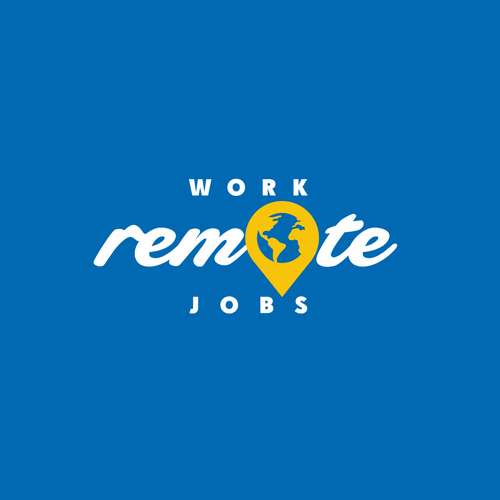
1. Crafting Your Remote Work Policy: How Did You Implement It?
Implementing a {remote work policy} is not a one-size-fits-all endeavor. It requires a tailored approach that aligns with the unique needs and structure of your organization. Begin by assessing the feasibility of remote work for different roles and departments. Consider factors like communication tools, performance metrics, and expectations for availability. Transparency and clarity are paramount to ensure everyone understands their responsibilities and the guidelines for remote work.









